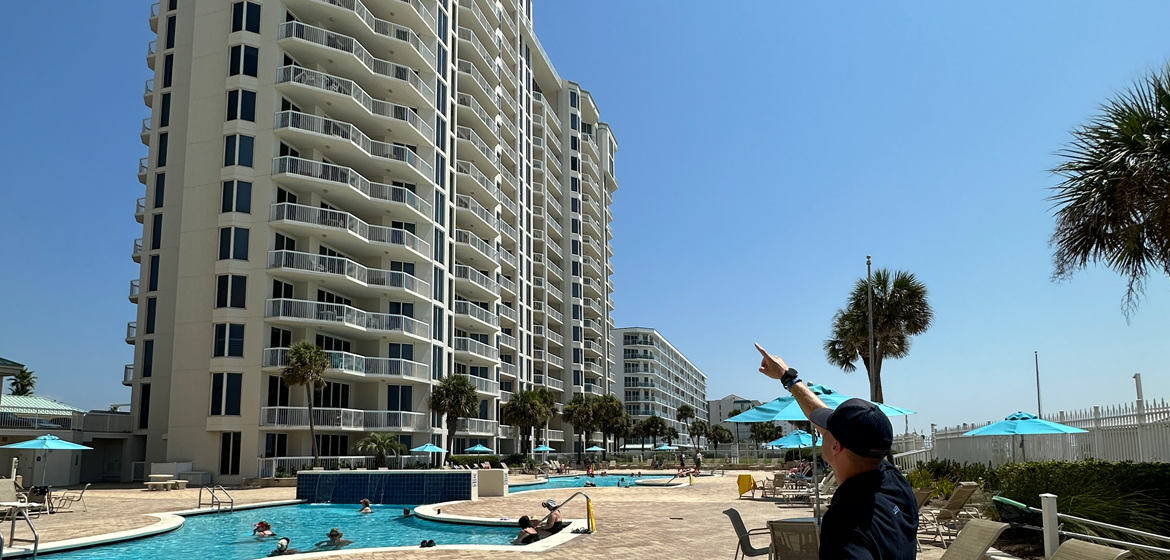Structural Load: The Types You Need To Know

In the realm of construction and engineering, understanding structural load is paramount to designing and constructing safe and durable buildings and infrastructure. Structural load refers to the forces and pressures that act upon a structure, exerting stress and strain on its components. These loads are essential considerations in the design, analysis, and construction of any architectural or engineering project. In this comprehensive guide, we will explore the types of structural loads you need to know to ensure the integrity and longevity of structures.
Dead Load
Dead load, often referred to as “permanent load,” is the weight of the structure itself and any fixed or permanent components, such as walls, floors, roofs, and foundation elements. It encompasses the mass of construction materials, including concrete, steel, wood, and masonry. Dead load remains relatively constant throughout the life of a structure and is a critical factor in determining its overall stability.
Engineers consider dead load when designing the structural components and foundation of a building to ensure that they can support the weight without deformation or failure.
Live Load
Live load, also known as “imposed load” or “temporary load,” represents the forces and loads that are not constant but can vary over time. These loads are typically caused by the occupancy and use of a structure. Examples of live loads include people, furniture, vehicles, equipment, and inventory.
Designing for live load involves assessing the potential maximum loads that a structure may experience during its intended use and ensuring that the structural elements can safely support these dynamic forces without exceeding their allowable stress limits.
Wind Load
Wind load is the pressure exerted by the wind on the exterior surfaces of a building or structure. It varies with factors such as wind speed, direction, and the shape and height of the structure. Wind load is particularly significant in regions prone to high winds, hurricanes, and tornadoes.
Engineers analyze wind loads to ensure that structures can withstand the forces generated by wind without experiencing excessive deflection or damage. This involves designing appropriate structural components, such as bracing and wind-resistant materials.
Snow Load
Snow load refers to the weight of snow and ice that accumulates on the roof and other exposed surfaces of a building during winter weather conditions. The magnitude of a snow load depends on factors like the local climate, temperature, and the shape and slope of the roof.
Structural engineers incorporate snow load calculations into the design of roofs and support systems to prevent overloading and potential roof collapse. Proper design considerations include roof pitch and material selection to facilitate snow shedding.
Seismic Load
Seismic load, also known as earthquake load, is the dynamic force exerted on a structure during an earthquake. It results from ground motion and can vary significantly depending on the earthquake’s magnitude, location, and proximity to active fault lines.
Designing for seismic load is crucial in earthquake-prone regions to prevent structural failure and protect lives. Engineers employ seismic analysis and design techniques, such as base isolation and reinforced structures, to enhance a building’s earthquake resistance.
In conclusion, understanding the various types of structural loads is essential for architects, engineers, and construction professionals. Dead load, live load, wind load, snow load, and seismic load all play critical roles in the design and construction of safe and resilient structures.
